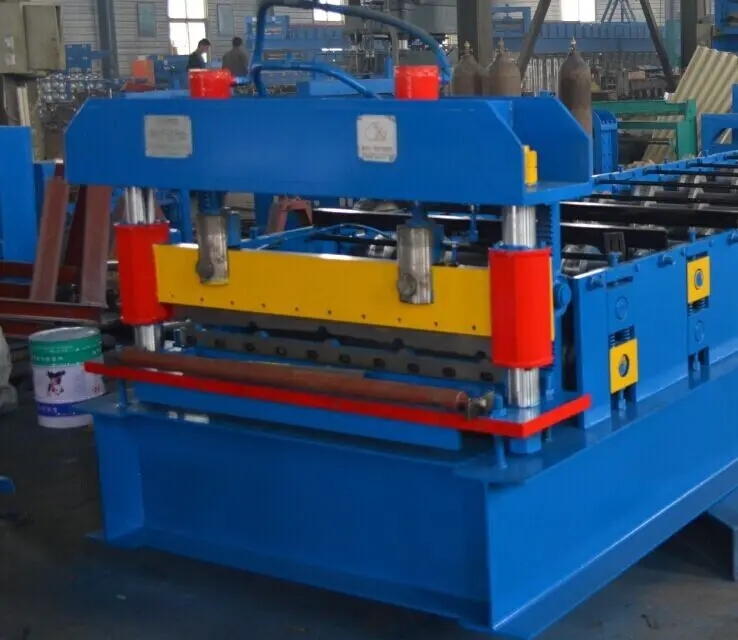
Understanding C Purlins An Essential Component in Construction
C purlins are a fundamental component in the construction and manufacturing industry, playing a vital role in structural integrity and efficiency. As a type of structural steel, C purlins are known for their channel-like shape, resembling the letter C. This design allows them to provide excellent support and facilitate the construction of various structures, particularly in the framework of commercial buildings, warehouses, and agricultural facilities.
Composition and Design
C purlins are typically made from high-quality steel, which is known for its durability and strength. They come in various sizes and thicknesses, allowing engineers and architects to choose the right specifications suited to their particular structural needs. The standard design of C purlins includes flanges that are perpendicular to the web, which enhances their load-bearing capacity. Additionally, the open side of the C shape allows for easy attachment to other structural components, making them versatile and user-friendly.
The manufacturing process of C purlins involves cold-formed steel technology. This method offers several advantages, including improved dimensional accuracy and enhanced mechanical properties. The result is a lightweight yet robust product that can withstand significant loads while minimizing bulk and weight, which is crucial in modern construction practices.
Applications of C Purlins
C purlins are widely used in various applications across different industries. One of their primary functions is as support beams in roofing systems. They are often employed in the construction of steel-framed buildings, where they serve as purlins to support roof panels. Their shape and strength make them ideal for spanning long distances, reducing the need for intermediate support columns.
In addition to roofing, C purlins are also extensively used in the construction of walls. They provide lateral support to wall panels and add to the overall stability of the structure. Their ability to endure dynamic loads, such as wind and snow, makes them a reliable choice for ensuring the longevity and safety of buildings.
Agricultural structures, such as barns and silos, also benefit from the use of C purlins. These materials can bear the weight of heavy roofing and can be designed to accommodate specific agricultural needs, from livestock housing to equipment storage.

Advantages of Using C Purlins
The use of C purlins in construction presents multiple advantages. First, they offer a high strength-to-weight ratio, which means that less material is needed while still maintaining structural integrity. This not only reduces costs but also contributes to more efficient construction practices.
Second, C purlins are highly adaptable. Their availability in various lengths and thicknesses allows for customization based on specific project requirements. Moreover, they can be easily cut and welded, making them a versatile option for different construction needs.
Third, the durability of C purlins is a significant advantage. Made from high-quality steel, they are resistant to corrosion, weathering, and other environmental factors, which is essential for structures exposed to the elements. This longevity reduces maintenance costs over time, providing further financial benefits to builders and owners alike.
Installation and Maintenance
The installation of C purlins requires careful planning and execution to ensure structural integrity. Typically, they are placed at regular intervals, depending on the load requirements and span distances. Proper alignment and secure fastening are crucial to support the roof or wall panels effectively.
Maintenance is relatively straightforward, especially if C purlins are galvanized or coated to enhance their corrosion resistance. Regular inspections for signs of wear or damage can prolong their lifespan and ensure the ongoing safety of the structure.
Conclusion
In summary, C purlins are an essential component in contemporary construction, providing strength, versatility, and cost-effectiveness. Their applications range from roofing to walls and agricultural structures, making them indispensable in various industries. As engineering and construction practices continue to evolve, the role of C purlins will undoubtedly remain significant, contributing to the stability and safety of structures worldwide. Understanding their properties and applications is crucial for anyone involved in construction, making them a topic worthy of attention and study.